More About Waccabuc
Waccabuc’s settled history goes back more than 200 years…to when Enoch Mead set out with his new bride Jemima from Greenwich to Massachusetts on a “journey of exploration”, probably in search of a place to settle. It was 1776. Upon their return, one version of the story is that their horse died near Long Pond (now called Lake Waccabuc) and so here they stayed. (It probably helped that there were already other branches of the Mead family living in the area of South Salem.)
Explore some photos of Waccabuc in the past and present:
Delve into the hamlet’s history with some readings:
The Origins of WLC
An article from the WLC Newsletter, Spring 2002, compiled by its editor at that time, Warren Schloat – (click here to open in new tab)
Waccabuc, The Settlement of Mead Street
A chapter reprinted from A History of the Town of Lewisboro, written by former resident Sally Marseilles (a Mead family member) – (click here to open in new tab)
Reflections of Mead Street, Waccabuc 1780-2003
A compilation of a 2003 presentation from the Trustees of the Mead Memorial Chapel which detailed many facts and histories about the Mead family properties during that time period. Historical photographs have been included (courtesy Mead Studwell Collection, Mead Memorial Chapel) as well as current photographs, for comparative purposes. (You must be a member to access this material. If you are, click here to view it in the secure section.)
Remembering Lewisboro, New York by Maureen Koehl
Publisher: The History Press
Graced by fields, pastures and open land, Lewisboro was once considered as a possible location for the headquarters of the United Nations. Within commuting distance of Manhattan but with a landscape and culture more akin to its New England neighbors, it's no wonder. From debates over smallpox inoculations to a survey of the area’s remarkably fine dining options, official town historian Maureen Koehl has culled the best of her popular Window Into History column to create a charming and wide-ranging history of Lewisboro and its six hamlets that is sure to enchant visitors and longtime residents alike. Available on Amazon.
Lewisboro (Images of America) by Maureen Koehl
Publisher: Arcadia Publishing
With Lewisboro, Maureen Koehl offers a photographic montage of the town from the 1880s to the 1950s, with a glimpse into later events. The photographs are from the family albums of more than twenty-five founding families and longtime residents, as well as from the files of the town historian, and most have never been published. Lewisboro offers a rare and intriguing opportunity for residents and visitors alike to see what the images of the town's past reveal. Available on Amazon.
Lewisboro Ghosts: Strange Tales and Scary Sightings (Haunted America) by Maureen Koehl
Publisher: The History Press
On the easternmost edge of Westchester County, among the quiet communities nestled against the Connecticut state line, memories of eerie incidents and haunted happenings flow through the generations like the currents of the nearby Hudson River. The old-timers of South Salem and Waccabuc still recall the legendary Leather Man, an itinerant vagabond who rambled mysteriously through the region in the late 1800s. Over in Goldens Bridge they whisper of the Christmas Soldier, an apparition of a Revolutionary-era Patriot who stalks the Highway 22 corridor. And beneath Long Pond Mountain the locals listen attentively for the Wail of the Wind, the sorrowful moan attributed to two ghostly parents lamenting their son's drowning. Read Maureen Koehl's Lewisboro Ghosts to discover the spooky stories and supernatural sightings that linger in this tucked-away corner of the lower Hudson Valley. Available on Amazon.
History of the Town of Lewisboro, Westchester County, New York by Alvin R. Jordon
First published in 1981 by the South Salem Library Association, in commemoration of the 250th anniversary of the Town of Lewisboro. Available on Amazon.
Stewards of the Land: The Meads of Waccabuc
Article from the quarterly publication of the Westchester Historical Society, Vol. 84, Number 2, Spring 2008
Author Field Horne spent over 2 years documenting the extensive Mead family papers, photogrpahs and maps that had been given to the Westchester Historical Society by the family several years earlier. The Spring 2008 issue of The Westchester Historian carries a very comprehensive article on what these papers reveal. Please contact info@westchesterhistory.com to learn if reprints of this issue are still available or go to their website: www.westchesterhistory.com

